We’ve all let our minds drift from our work desks to somehow floating the mighty Grand Canyon—on the life bucket list for boaters since it was first run by John Wesley Powell in 1869. But the Grand takes either big bucks or big chunks of time for, respectively, a commercial trip or a private expedition launched via a permit lottery system (needing some skill and diligence), which can take years.
Thankfully, another U.S. river system offers all the wilderness and whitewater, without the fuss and fanfare. Explored by Lewis and Clark a whole 67 years before Powell spilled the beans on the Big Ditch, Idaho’s Wild & Scenic Main Salmon is the second-longest, free-flowing river in the Lower 48. Located in 2.3-million-acre Frank Church-River of No Return Wilderness, the largest contiguous wilderness in the Lower 48, it also carves one of the deepest gorges in North America, deeper even than the Grand. Its watershed comprises the most unsung region of rivers and mountains in the contiguous U.S., just waiting to be hiked, biked, paddled and explored.
“It’s one of the wildest places in the Lower 48 with some of the best, most pristine wilderness and remaining salmon habitat,” says Amy Kober of Washington, D.C., conservation organization American Rivers. “In an era of climate change, those cold-water streams are more important than ever for fish and wildlife.”
In today’s age of increasing development and resource extraction, preserving this playful wilderness is as important as ever, as the region represents one of the last true, wild public places in the country. And to become an advocate to preserve it, first you must experience it. Take advantage of its summer-long permit window, or, for the more adventurous, launch during off-season, which often spells instant adventure with shifting weather and water levels (peaking in late spring, and dropping out in early fall). Regardless of runoff, put central Idaho’s river corridor wilds on your road-trip and river-trip list, as it’s every bit as grand as the Grand.
Start your journey by learning the Salmon River system’s three major arteries.
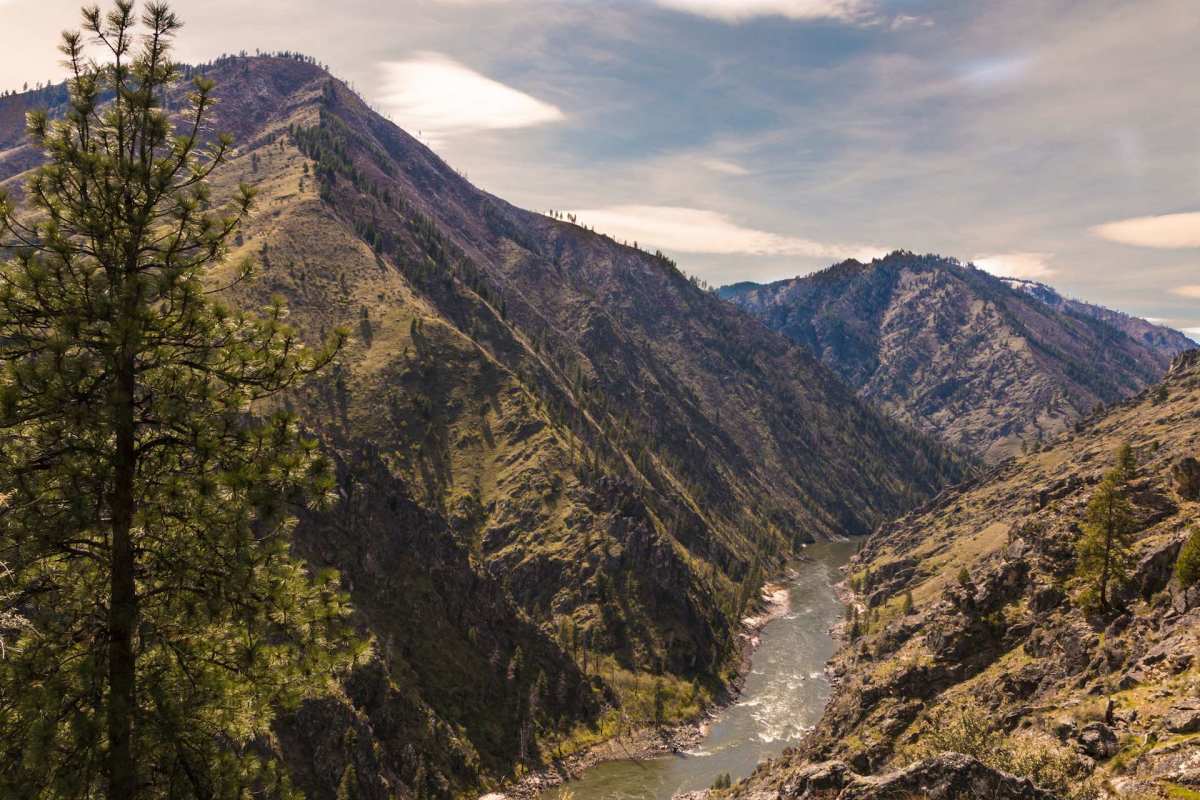
The Main
The six-day Main Salmon river trip runs 80 miles from Corn Creek to Carey Creek, with popular day floats along the way. One of the best family-friendly multi-day floats in the country, along the way you’ll encounter spectacular scenery in one the country’s deepest, 65-million-year-old granite canyons. Expect to lounge on broad sandy beaches, soak in luxurious natural hot springs, take in Native American pictographs, and hike meandering side trails. The stretch’s family friendliness owes itself to a mellow 12 feet-per-mile gradient, bookending Class III-IV (at normal flows) rapids with large, tranquil pools ideal for swimming. The gentle gradient also makes it a popular run for inflatable kayaks and SUPs. Beyond stepping back in time to see Shoshone and Nez Perce pictographs, the region is also rife with old homesteads, cabins, and defunct mining operations from early settlers. Wildlife includes black bear, elk, white-tailed deer, mountain lions, and bighorn sheep. Did we mention the fish? The river abounds with rainbow, cutthroat and bull trout, bass, and runs of Chinook salmon and steelhead. Larger flows and warmer weather often extend the floating season well beyond the permit lottery dates. If you want a fancier visit, try staying in one of the Main Salmon’s riverside lodges like Mackay Bar Ranch (mackaybarranch.com), which will jet-boat you up to a cozy cabin on the river.
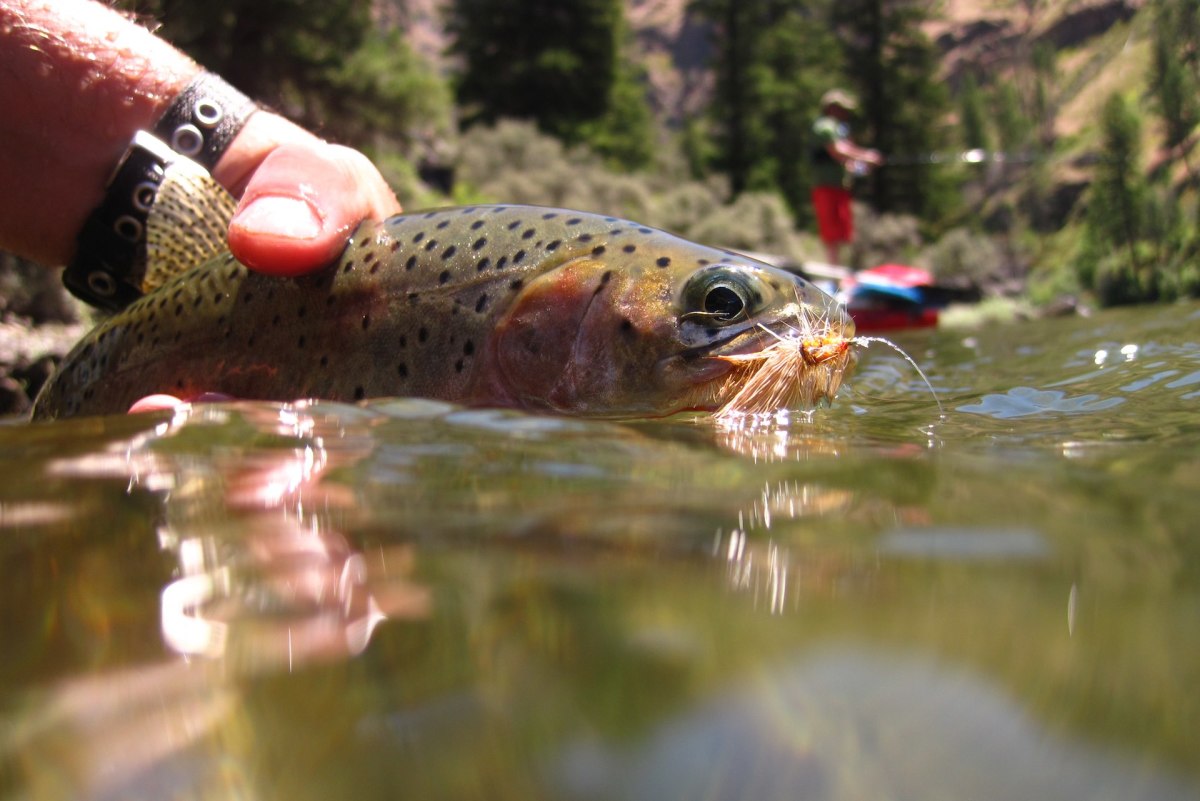
Middle Fork
Dropping an average of 27 feet per mile for 100 miles, the Middle Fork of the Salmon River is one of the world’s premier multi-day whitewater float trips. Book a trip down this one if you’re rearing for more rapids.
Cutting through a spectacular, rugged canyon wilderness, the Middle Fork is usually runnable from early May through October, serving up big water in spring and early summer, plus world-class, low-water fly-fishing later in the season (when it’s also perfect for inflatable kayaks). Regardless of the season you choose, brace yourself for a doozy of a wilderness adventure. En route you’ll pass through three distinct ecological regions as you whisk through some of the country’s best whitewater and untouched forests of lodgepole, ponderosa and Douglas fir. You’ll also paddle right up to numerous riverside hot springs, some right at your camp, soothing muscles after the day on the river. Toward the end of your trip, brace the splashes of “Impassable Canyon,” the third deepest in North America, before spilling into the Main. High-end option: Book a stay at the Middle Fork Lodge (middleforklodge.com), situated in its own private Idaho on 80 riverside acres en route. “The Middle Fork has something for everyone—world-class fishing, great rapids, wildlife, hot springs, tons of hikes and beautiful camps,” says Zachary Collier of outfitter Northwest Rafting Co. “And the whitewater is continuous for the whole 100 miles, so it’s always interesting.”
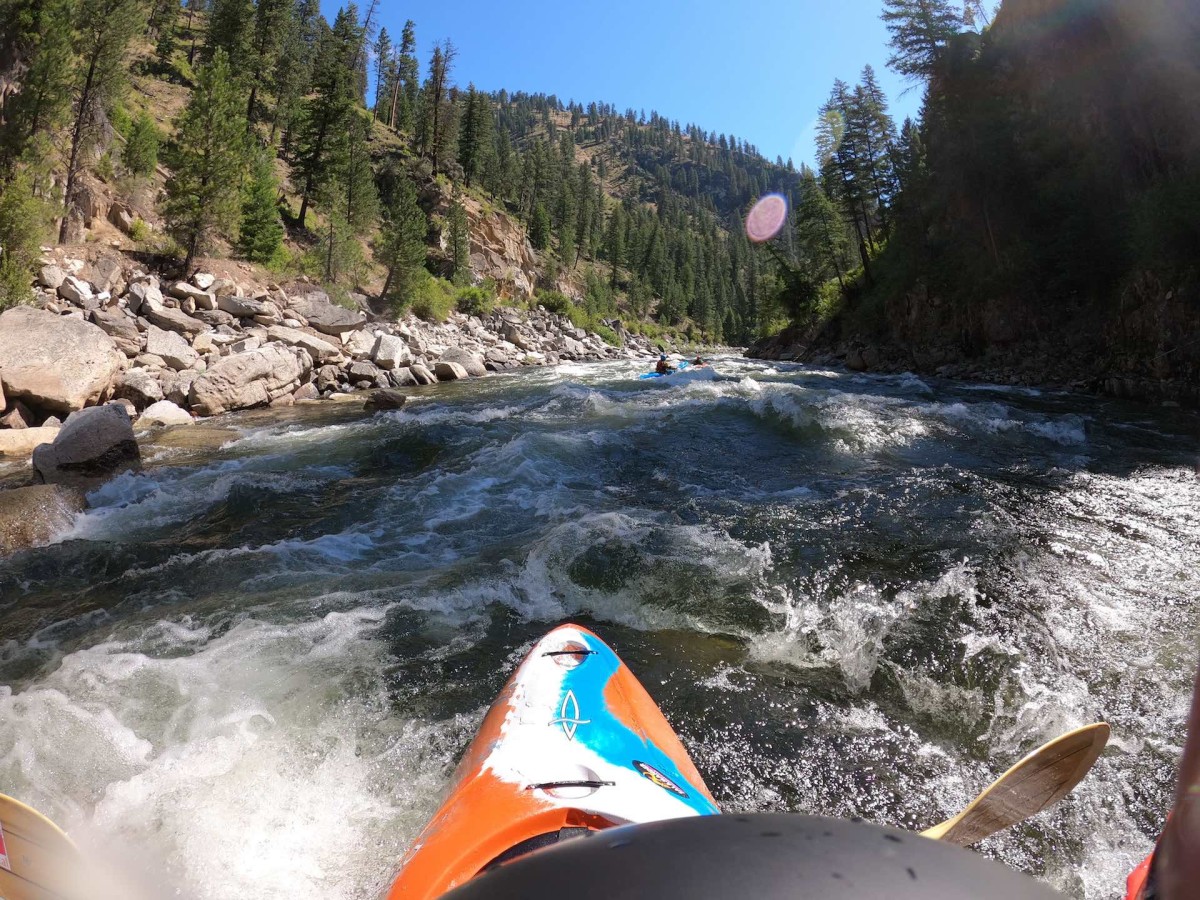
South Fork Salmon
If you want pure whitewater (and have the Class V paddling chops to tackle it), check out the South Fork of the Salmon. Once home to 25 percent of the Columbia watershed’s Chinook salmon run, the South Fork provides some of the best whitewater and wilderness in the country. This super-charged tributary to the Main begins high in the Salmon River Mountains at 8,000 feet, plunging 86 miles north to the Salmon River at Mackay Bar. Day trips are possible on its upper East Fork and South Fork reaches, but its lower 40 miles solidify it as one of the world’s premier multi-day, self-support kayak trips. Dumping into the Main for the last 18-mile paddle out (get a tributary permit to float to the takeout at Vinegar Creek), the stretch harbors nonstop action, with continuous Class IV-V rapids in as remote a wilderness setting as you can find—which also makes rescue difficult.
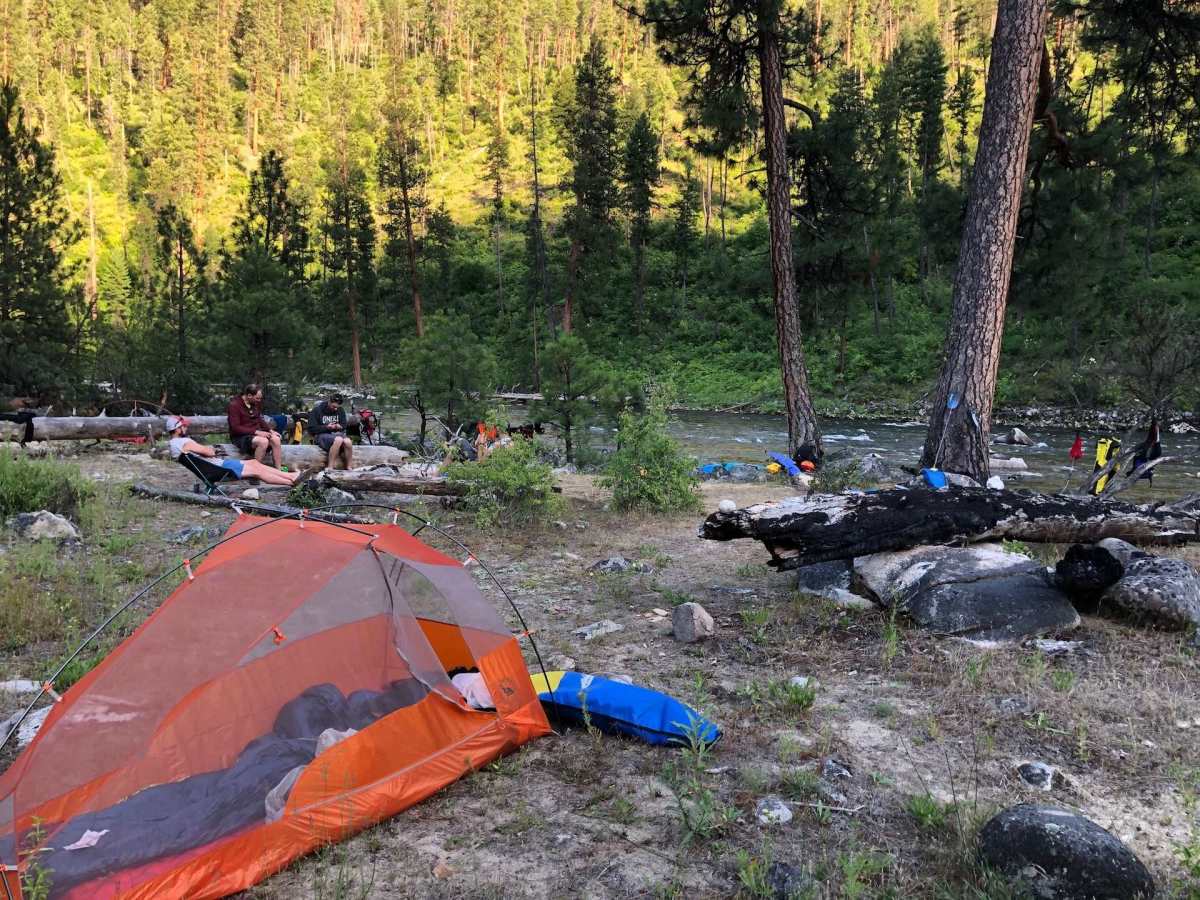
Designated as critical habitat for endangered Chinook salmon and steelhead, plus threatened bull trout, the South Salmon is currently threatened by a Canadian mining company’s proposal for multiple open-pit gold and antimony mines in the river’s headwaters at the Stibnite mine site. “Fresh water and a sustainable salmon run are considerably more valuable than gold,” says local kayaker Nate Ostis of the South Salmon Alliance, which is fighting the mine. “Clean water and salmon are rapidly disappearing. Activating three 700-foot pit mines in the middle of the riverbed will poison everything in the river and all along the way to the ocean.”
— Read more MJ coverage on Salmon River adventures below, plus the author’s recent self-support kayak run of the South Fork Salmon.
from Men's Journal https://ift.tt/2XU7klJ
via IFTTT

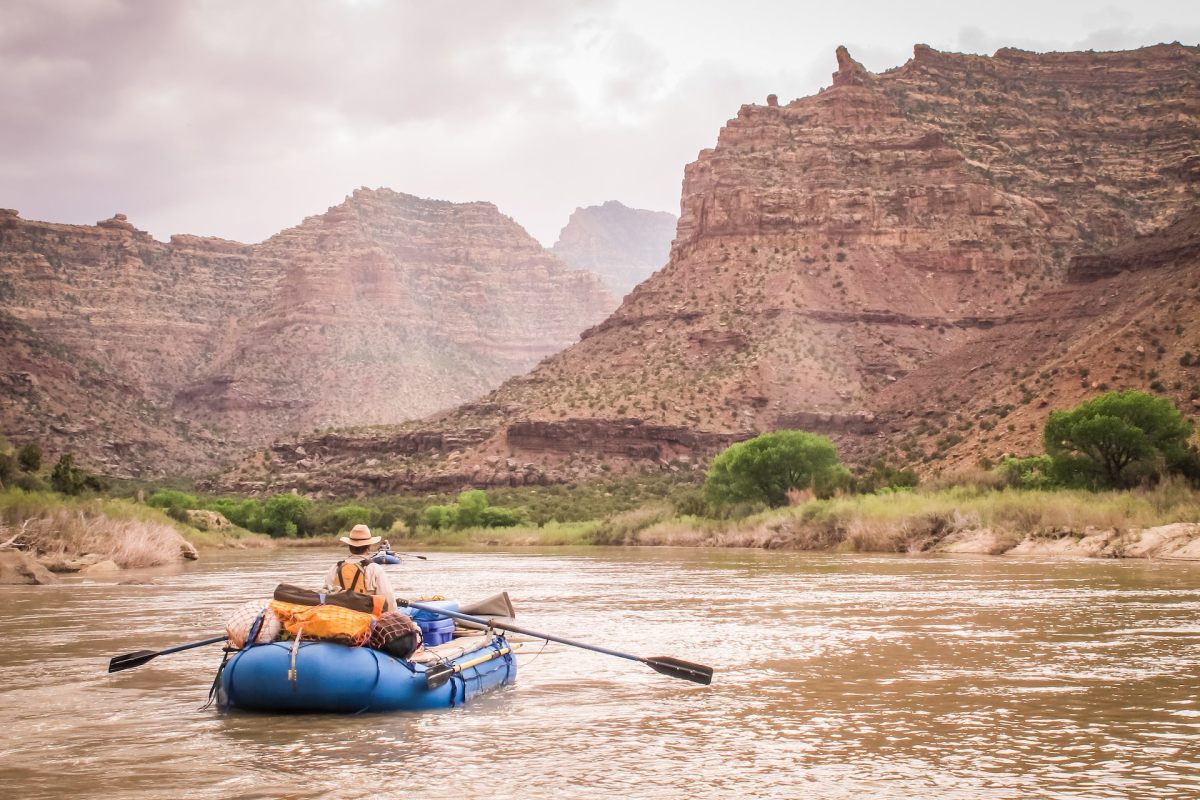










0 comments:
Post a Comment